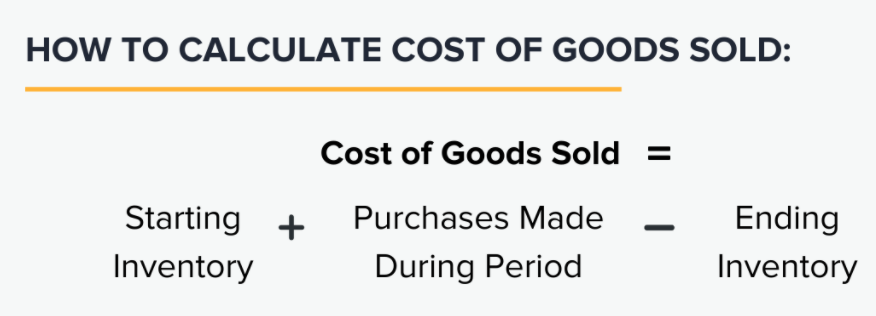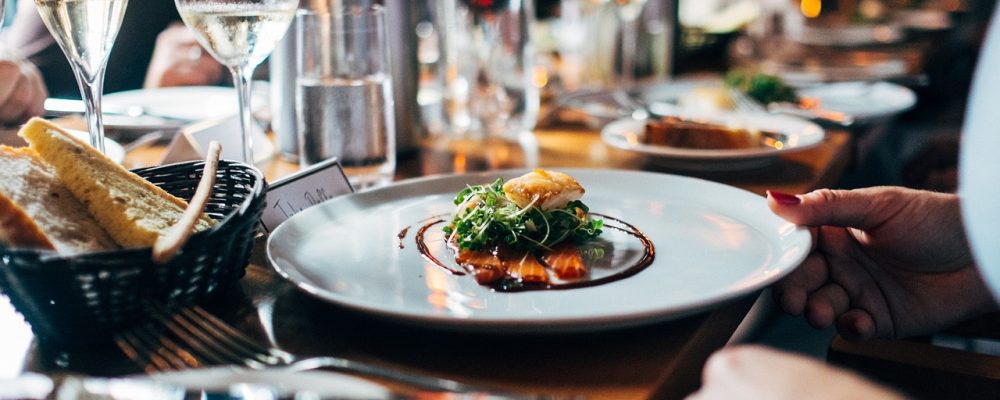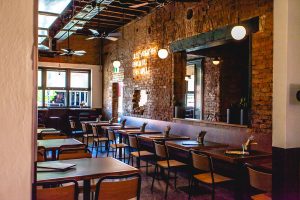Understanding how to calculate the Cost of Goods Sold (COGS) for restaurants is crucial for restaurant owners. This metric is tied directly to your restaurant’s profit margins, revenue and inventory management. Restaurants which don’t have a firm grasp of their COGS and monitor it regularly put their business at financial risk. Understanding COGS will paint an accurate picture of how much your inventory costs over a certain period. In turn, this information will aid restaurant owners in determining how profitable your menu items are and if any pricing adjustments need to be made.


To calculate the Cost Of Goods Sold for restaurants, you need to first determine three values for a given period.
- Beginning inventory: The monetary value of the stock leftover from the previous period (day, week, month or year).
- Purchased inventory: This is the monetary value of all stock purchases made for the upcoming time period.
- Ending inventory: Upon reaching the end of the time period, calculate the monetary value of the stock leftover.
To find the COGS for a given time period, add the value of your beginning inventory and purchased inventory and subtract the value of your ending inventory from the result.


Once the COGS has been calculated, whatever left is gross profit. As a rule of thumb, the lower a restaurant’s COGS, the higher the restaurant’s gross profit. Therefore, a successful restaurant owner should aim to reduce their restaurant’s COGS as much as possible (without impacting quality) to maximise restaurant profit margins.
Optimising COGS is a fundamental aspect of good inventory management. Understanding exactly what money is coming in and going out of a business, and what the cost comes to is imperative for making a profit and avoiding losses. No matter what type of restaurant you run, achieving the optimal balance between food quality and COGS is vital for your restaurant’s long-term profitability. With careful planning and paying attention to the details, you can set your restaurant up for prosperity.









